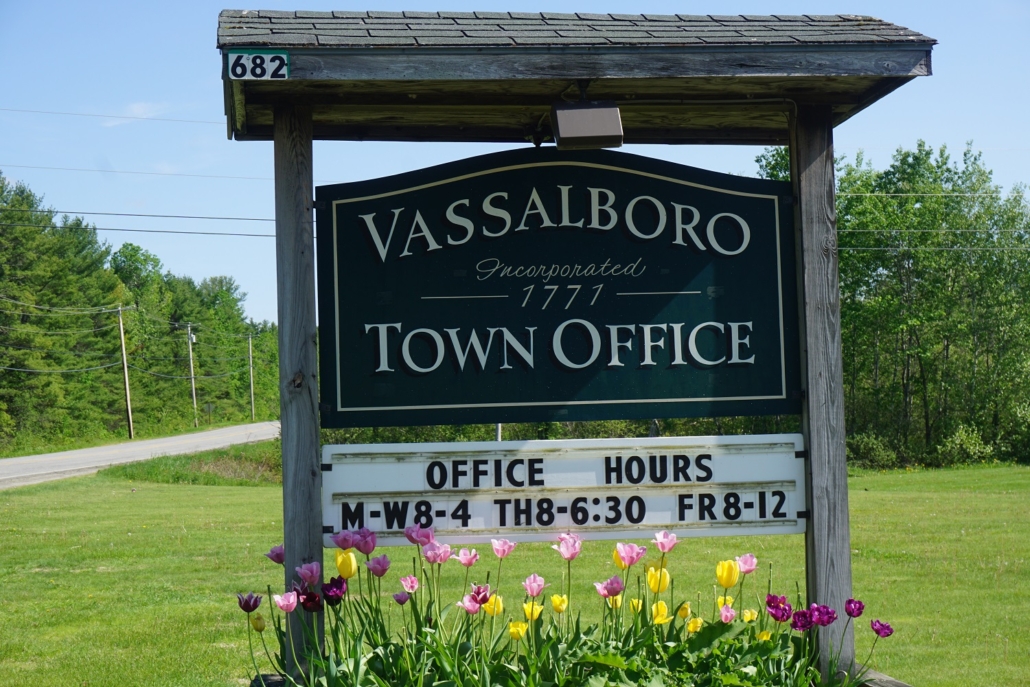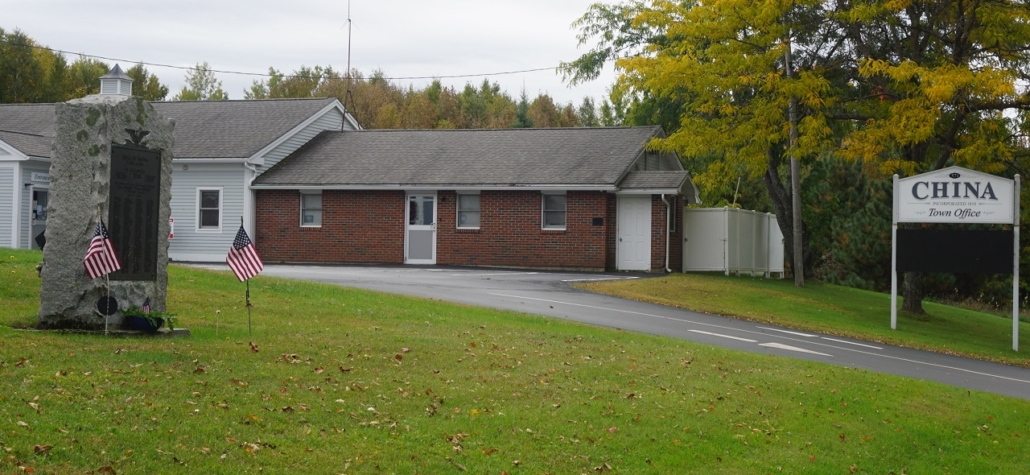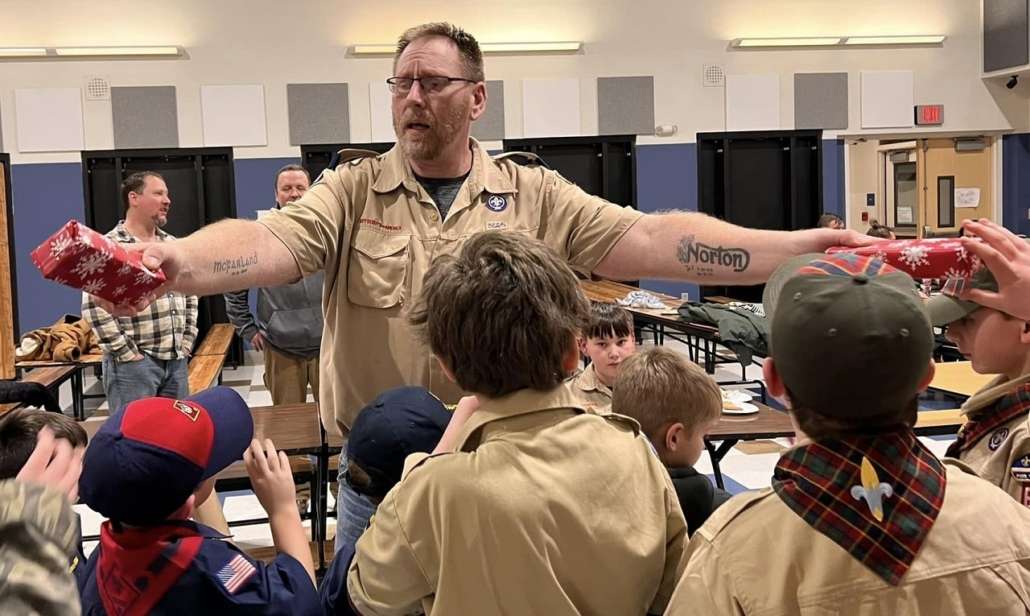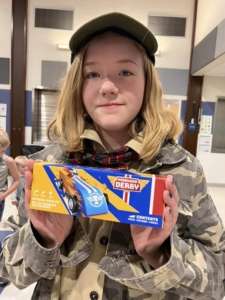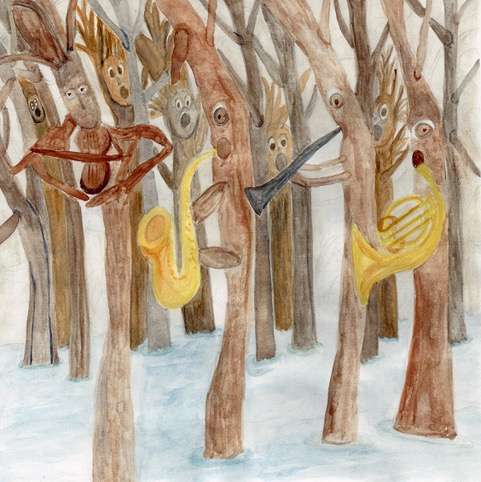ANNA E. MITCHELL
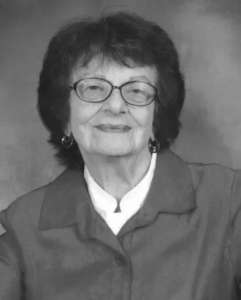 WATERVILLE – Anna Elizabeth Thomas Mitchell, 97, passed away on Thursday, December 21, 2023, in Waterville. She was born in Waterville, on January 3, 1926, daughter of Peter and Jamillia Rumya Thomas.
WATERVILLE – Anna Elizabeth Thomas Mitchell, 97, passed away on Thursday, December 21, 2023, in Waterville. She was born in Waterville, on January 3, 1926, daughter of Peter and Jamillia Rumya Thomas.
Anna was educated in Waterville schools, graduating from Waterville High School in 1944. Besides enjoying her academic classes, Anna was a spirited high school basketball fan. She always remembered with gratitude that her role as a cheerleader afforded her the opportunity to attend all the games, especially the exciting out-of-state games when Waterville competed for, and won, the New England Championship title. She subsequently served on all her class reunion committees, including the 40th, which was featured in the magazine Mainely Local. She married her husband of more than 61 years, Saliem “Sammy” Mitchell, on January 5, 1947, in Waterville.
In 1953, Anna began working at Scott Paper Company (then Hollingsworth & Whitney Paper Mill), in Winslow, where she held various positions during her 33-year career with the company. She belonged to several professional organizations.
A member of St. Joseph Maronite Catholic Church, Anna served on the Parish Council and scholarship committee, as well as other committees, and was active in church events. She was also a member of the Maronite Guild and the Rosary Sodality.
In 2013 she was honored to play a role, with her daughter, in helping the Holocaust and Human Rights Center, whose mission is to promote respect for human rights through outreach and education, create the month-long exhibit: Life by the Two-Cent Bridge: The Lebanese Community in Waterville.
In the years following her retirement, Anna continued to pursue her daily interests of playing the piano, reading, knitting, solving crossword puzzles, and cooking, especially large amounts of Lebanese food to share with family and friends. She rarely missed her monthly luncheons and card-playing afternoons with her high school friends. Anna was a volunteer at MaineGeneral Medical Center for 24 years, serving in various departments.
Included among her greatest joys were the many summers spent with family and friends on Long Pond, in Belgrade Lakes. In later years, she spent several weeks each summer on other nearby lakes. She really enjoyed camp life and swam in the waters of McGrath Pond beyond her 80th year.
Despite having experienced several unexpected and deeply personal losses of close family members throughout her life, she was always there to offer comfort to others.
Anna was predeceased by her parents; her husband, Sammy; son-in-law, Rob; granddaughter, Emily Elizabeth; sisters Sadie Ferris, Tekla Stevens, and Freda Annino; brothers Elias, David, and John Thomas; all their spouses; Sammy’s siblings and spouses; in-laws, Elias and Mary Nagem Mitchell; and several nieces and nephews, including, Patricia, Carla Jean, Michael, and Paul Ferris who were like sons and daughters to her.
She is survived by her daughter, Cynthia, and many nieces and nephews.
Services will be held at a later date.
Arrangements are under the direction and care of Gallant Funeral Home, 10 Elm St, Waterville. An online guestbook may be signed, condolences and memories shared at http://www.gallantfh.com.
Those who wish may make donations in her memory to St Joseph Maronite Church, 3 Appleton St., Waterville, ME 04901.
WILLIAM H. SAWYER
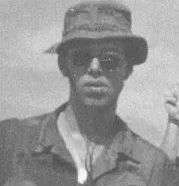 PALERMO – William “Bill” H. Sawyer, 77, died on Sunday, December 24, 2023, in Bangor. He was born on October 14, 1946, in Houlton, the son of George R. and Jean (Grange) Sawyer.
PALERMO – William “Bill” H. Sawyer, 77, died on Sunday, December 24, 2023, in Bangor. He was born on October 14, 1946, in Houlton, the son of George R. and Jean (Grange) Sawyer.
William graduated from Ricker Classical Institute in 1964, and the University of Maine, Orono, in 1968, with a degree in civil engineering. After graduating, William worked for the Iowa State D.O.T. for a few months until he was drafted into the U.S. Army. He served in Vietnam as a light weapons specialist and a scout dog handler. He walked point with his dog DUG112M. Returning from Vietnam he worked for a large engineering firm in New York until he moved back to Maine to work for the Maine State D.O.T. where he finished his career and retired in June of 1995.
He was a member of the DeMolay, a past master of Island Falls Lodge #206 AF & AM and a member of Kennebec Lodge #5, a Kora Shrines Klown, and belonged to several other lodges of the York Rite, a volunteer tutor at the local Palermo schools, and a member of several other organizations. He was an avid UMO Black Bear athletics fan and traveled near and far following the teams to show his support.
He is survived by his three siblings, George (Jane) Sawyer, of Sweden, Michael (Cheryl) Sawyer, of Merrill, and Maryanne Hare, of Houlton; three nieces and four nephews and their children; many cousins.
He was predeceased by his parents; and his brother-in-law, Michael Hare.
A funeral service will be held at 1 p.m., on Friday, January 19, 2024, at the Maine Veterans Cemetery, in Augusta, 163 Mount Vernon Rd., Augusta. To share condolences and memories online visit http://www.bowersfuneral.com.
FALAN M. COPAGE
 CHELSEA – Falan Marie Copage (Durgin), 41, of Chelsea, passed away on Tuesday, January 2, 2024, at Maine Medical Center, in Portland.
CHELSEA – Falan Marie Copage (Durgin), 41, of Chelsea, passed away on Tuesday, January 2, 2024, at Maine Medical Center, in Portland.
Falan attended Elsipogtog High School, in New Brunswick, Canada. She was passionate about crafts and cooking, spending much of her time caring for others.
Falan is survived by her mother, Angela Durgin, of Chelsea; and her children, Isaac Copage, Noah Copage, Nicholas Copage, and Mary Shayla Copage, all of Chelsea; her son, Alexander Copage Wing, of Monmouth; her brother, Jason Morgan, of Winslow; and her stepmother, Lyndy Morgan (Smith), of Augusta; grandmother, Margaret Rose Copage, of Chelsea; her boyfriend, Jason Stanley, of Portland, as well as numerous aunts, uncles, and cousins.
A Celebration of Life service was held at the American Legion, located at 396 Eastern Ave., Augusta, Maine 04330.
Contributions in Falan’s memory can be made to the Preble Street Organization for the homeless.
NANCY L. BOULETTE
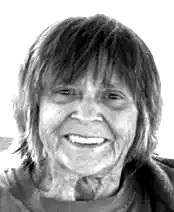 WATERVILLE – Nancy L. Boulette, 78, passed away on Thursday, January 4, 2024, at MaineGeneral Hospital, in Augusta. Nancy was born in Waterville, on April 29, 1945.
WATERVILLE – Nancy L. Boulette, 78, passed away on Thursday, January 4, 2024, at MaineGeneral Hospital, in Augusta. Nancy was born in Waterville, on April 29, 1945.
Nancy was employed at Hannaford Supermarkets for 15 years, but her most significant role in life was that of mother, wife, grandmother, and sister. She enjoyed playing Bingo, Yahtzee, and scratching her lottery tickets in the morning. After she retired, Nancy and her husband Jim, took an extended trip across the country, and she enjoyed traveling with her sisters to exciting locations like Hawaii and Ireland. Nancy loved being with family and feeding her birds and wildlife in her backyard while drinking her Pepsi each day.
She was predeceased by her husband James E. Boulette, mother Cecile Tardiff, father Philip Bernard, sister Patricia Senus, brothers, Terry Bernard and Ronald Bouchard, and son-in-law Bob Simpson.
She is survived by her four children, Lori Simpson, Jeffrey Gilbert (Sharon), Wendy Bard (Jon), Cathy Hotham (Fred); grandchildren, Dustin Davidson, Matthew Davidson, Chris Lavalley, Tyler Bard, Charles Simpson, Meaghan Gilbert and Caleb Hotham; four great-grandchildren; sisters, Brenda Hawkins, Jackie Grenier, and Cynthia Delile; and her brother Roger Bouchard.
A Funeral Mass will be held on Saturday, January 20, 2024, at 11 a.m., at the Notre Dame Church, 116 Silver Street, Waterville Maine 04901.
Please visit Nancy’s memorial page at http://www.dsfuneral.com/obituaries/nancy-boulette where condolences, photos, and special memories may be shared.
ALBERT BELLOWS
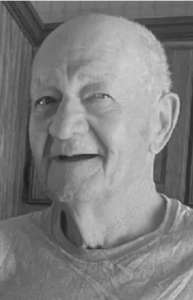 FAIRFIELD – Albert Bellows, 82, of Fairfield died peacefully Saturday, January 6, 2024, at home. He was born in Waterville to George and Mildred Bellows on March 16, 1941.
FAIRFIELD – Albert Bellows, 82, of Fairfield died peacefully Saturday, January 6, 2024, at home. He was born in Waterville to George and Mildred Bellows on March 16, 1941.
He married his wife Irene on January 8, 1960. They had six children.
Albert retired from Scott Paper Co., in Winslow, after 32 years. He was an avid outdoorsman who enjoyed hunting, fishing, and trapping. He collected guns, knives, and bullets. He traveled around Maine, walking through the woods and could find any pond you asked him about. He was a registered Maine Guide, a lifetime member of the National Rifle Association, Maine Trappers Association, North American Fishing Club, and the North American Hunting Club. He has many ribbons for shooting from The Maine Muzzle loaders at competitions from around Maine.
He had a way of making any room quiet, telling stories of where he hunted and fished, deer he shot, friends he was with, shooting down Christmas trees, and pranks he played.
He was predeceased by his wife Irene, Son Albert Jr., and Parents George and Mildred.
He is survived by his daughters Patricia Rucci, of Clarksville, Tennessee, Dawn Buzzell and husband Brian, of Fairfield, Pamela Connors, of El Paso, Texas, and Jennifer Palow and husband Kevin; of Clinton; and son Joseph Bellows, of Clarksville, Tennessee; his brother Richard and wife Diana Bellows, of Pittsfield; sisters Diane Perry, of Peebles, Ohio and Cathy and husband George Ouellette, of Monmouth.
There will be a celebration of life at the Fairfield VFW, on June 8, 2024, from 11a.m. – 2 p.m., with a graveside service at Howard Cemetery, in Winslow, immediately following.
Arrangements are in the care of Lawry Brothers Funeral Home, 107 Main St., Fairfield where memories may be shared, and an online register book signed by visiting http://www.lawrybrothers.com.
MARY E. NADER
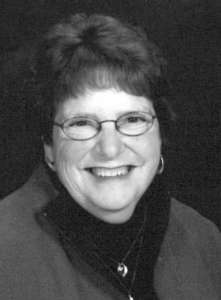 WINSLOW – Mary Effie Nader, 79, of Winslow, passed away peacefully in her home on Saturday, January 6, 2024. Mary was born in Waterville on October 18, 1945, the daughter of Beatrice (Latulippe) and Charles Robinson.
WINSLOW – Mary Effie Nader, 79, of Winslow, passed away peacefully in her home on Saturday, January 6, 2024. Mary was born in Waterville on October 18, 1945, the daughter of Beatrice (Latulippe) and Charles Robinson.
Mary worked at a chicken factory, in Vassalboro, for some time. She then worked at Colby College, in Waterville, for 21 years where she retired.
Mary enjoyed scrapbooking, sewing, knitting, etc. She also enjoyed square dancing and ballroom dancing with her late husband. She enjoyed snowmobiling with friends. Mary spent most of her time with her two grandchildren. Mary was also known for always having social gatherings for every occasion.
She was predeceased by her husband Joseph Nader Jr., three brothers, six sisters, and her parents.
Surviving are her two daughters, Doreen Nader, of Winslow, Paula (Nader) Snow and her husband Thomas, of Wayne; two grandchildren Ben Hasson, of Columbus, Ohio; Christine Hasson, of Winslow; many nieces, nephews, and special friends.
Her service will be held on Tuesday, January 23, 2024, at Saint Joseph Maronite Catholic Church, 3 Appleton Street, in Waterville, at 10 a.m. A burial will be scheduled at a later date.
Arrangements are under the direction and care of Gallant Funeral Home, 10 Elm Street, Waterville. An online guestbook may be signed, condolences and memories shared at http://www.gallantfh.com.
In lieu of flowers, donations may be made in the name of Mary Nader to Gallant Funeral Home.
DIANNE L. CATES
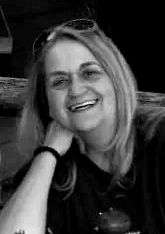 AUGUSTA – Dianne L. Cates, 79, died peacefully on Sunday, January 7, 2024, at MaineGeneral Medical Center, in Augusta. Dianne was born March 17, 1944, in Waterville, the daughter of Wardell and Leontine (Poulin) Rancourt.
AUGUSTA – Dianne L. Cates, 79, died peacefully on Sunday, January 7, 2024, at MaineGeneral Medical Center, in Augusta. Dianne was born March 17, 1944, in Waterville, the daughter of Wardell and Leontine (Poulin) Rancourt.
After graduating from Mount Merici Academy, in Waterville, Dianne, along with her brother, Al, and cousin, Roger, formed the folk group, The Kin Three. “One successful appearance after another…rocketed this talented trio to outstanding popularity in Maine their home state.”
Dianne was gifted and well known for her beautiful, sometimes angelic singing voice, her gregarious personality, her love of song which she delivered “with love and humor,” and her quick wit. In the early 1960s she, Al and Roger toured Maine and beyond, singing messages of peace and hope to the coffee house clientele, college students, senior living residents, church congregations, etc. In the mid ’60s the trio was chosen to represent the State of Maine at the World’s Fair, in New York, an opportunity that all three performers cherished and spoke of frequently. After the World’s Fair, life’s circumstances moved Al to new adventures and The Kin Three became Roger and Dianne.
Roger and Dianne continued to share their love of music while performing throughout Maine. One venue in particular that continued to be a favorite performance center for the locals, as well as summer visitors to Maine was the “Merry Barn”, in Edgecomb. It was at the “Merry Barn” that Dianne met her husband, Gerry Cates. The couple settled in Central Maine after they married in 1969. Dianne and Gerry continued to perform on high school and college campuses, entertained senior citizens in long term care facilities, played at weddings and other church functions and were delighted to share their music and talent with those folks who were willing to listen. Throughout her married life, Dianne continued to enjoy meeting friends and acquaintances for morning coffee with her husband of 54 years, Gerry. The laughter she often brought to conversations was contagious. Dianne’s “big” personality will be missed by the many people who knew and loved her.
Dianne is survived by her husband, Gerry; children Kristi, Zak, Darrin; four grandchildren, Emily, Megan, Isaac and Maxwell; sister, Celeste; brother, Peter (Kristan); two sisters-in-law, Sheila, Jocelyne; one maternal aunt, Lucille; several nephews, nieces; cousins.
A Celebration of Life will be held on Saturday, January 27, 2024, at 11 a.m., at CenterPoint Community Church, 155 West River Rd., Waterville.
In lieu of flowers, donations can be made to St Jude’s Children’s Hospital or to a charity of your choice.
GARY H. BULGER
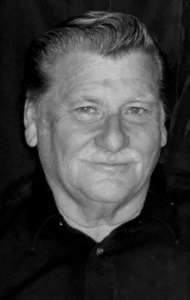 BENTON – Gary H. Bulger, 77, passed away after battling a long illness at Togus Veterans Hospital, in Augusta, early Monday morning, January 8, 2024. Gary was born in Waterville on March 11, 1946, the son of Fred Bulger and Una Bulger (Corbin).
BENTON – Gary H. Bulger, 77, passed away after battling a long illness at Togus Veterans Hospital, in Augusta, early Monday morning, January 8, 2024. Gary was born in Waterville on March 11, 1946, the son of Fred Bulger and Una Bulger (Corbin).
Gary attended Winslow High School and enlisted in the U.S. Army and served with honor. He was stationed in Germany from 1964-1967. He arrived back to the States and married his high school sweetheart, Marlene Pomerleau, and started a family.
He owned and operated Bulger’s Body Shop and Used Cars, in Benton, for over 50 years. A business he was very passionate about. He loved his family, his dog, automobiles more than anything in the world, but he especially loved helping people.
He was an active member of the American Legion for over 24 years and served as Commander of Post #14, in Fairfield, from 2008-2011. In 2011 until 2012, Gary became the Department Chaplain. He went on to become the District 10 Commander from 2012-2013.
He was an active member of the Blinded Veterans Association and represented the organization at various events all over the country.
He was predeceased by his parents, Fred and Una Bulger; wife, Marlene Bulger (Pomerleau); his son Michael’s fiancée, Sarah Stetson; and niece, Tracy Grant.
He is survived by his long-term companion, Mary-Margaret A. Paradis; his sons Michael Bulger and Alex Ferrari (Bulger); grandchildren, Caleb, Seth, Isaac; their mother, Anita Prosser; as well as his granddaughter, Isabella; his sister, Marlene Grant (Bulger); sister-in-law, Brenda Beaulieu; son-in-law, Rick Ferrari; and nieces and nephews Cheryl Mansir (Grant), Timothy Grant, Toby Grant and Terri-Jean Wilkinson (Grant).
Interment with military honors will be held at the Maine Veterans Memorial Cemetery, Niche Wall, on Civic Center Drive, in Augusta, in the spring, the date is to be determined.
Arrangements are in the care of Lawry Brothers Funeral Home, 107 Main St., Fairfield where memories may be shared, and an online register book signed by visiting http://www.lawrybrothers.com.
KENNETH SANDERS
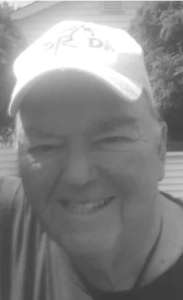 FAIRFIELD – Kenneth “Kenny” Sanders, 77, passed away on Sunday, January 7, 2024, at MaineGeneral Medical Center. He was born in Waterville on October 26, 1946, the son of Kenneth and Louise Sanders.
FAIRFIELD – Kenneth “Kenny” Sanders, 77, passed away on Sunday, January 7, 2024, at MaineGeneral Medical Center. He was born in Waterville on October 26, 1946, the son of Kenneth and Louise Sanders.
He was a graduate of Lawrence High School, i9n Fairfield.
Kenny had an incredible work ethic no matter where he was employed, but he talked most fondly about his early years working on the West Coast in support of the NASA space program and his storied career at Keyes Fibre Company/Huhtamaki, in Waterville, where both of his parents, his brother-in-law Doug, and many other friends and family worked.
He started at the mill in April 1970 and made many deep, lasting friendships during his time there. During his tenure, he worked as a security guard, sergeant of security, supervisor, and production coordinator, but we all know if there was such a thing as a “Mayor of the Mill”, he was that guy. Safe to say it was impossible to walk with him from the north end to the south end in less than 30 minutes because so many people would stop him to chat about life or to pick his brain for advice. He spent just over 35 years at the mill, retiring in June 2005. To no one’s surprise, he returned after his retirement to do some occasional temp work to help out and keep in touch with some of his favorite people.
In his spare time, there were deer to be hunted, fish to be caught, and golf to be played with many of his family and friends. He and Sandy loved to travel to sunny Florida and historical Prince Edward Island, but they most enjoyed spending time on Maine’s coast in Ocean Point, eating seafood fresh off the boat near the winding roads lined with sea roses.
Kenny loved watching sports, especially when The Masters match was tight (and not so much when the Boston Red Sox or New England Patriots were losing). He enjoyed his soaps and spent many an afternoon watching the antics on the Young and the Restless with his sister, Alma, after they both lost their spouses, bonding over the rivalries and romance going on in Genoa City, Wisconsin.
Kenny was a man of service with a generous heart and spirit that guided him throughout his life. If there was a porch or car that needed repairs, landscaping that needed to be done, or hummingbirds needing to be fed, he was going to see that it got done. He loved to recommend and hire family or friends for these odd jobs, knowing that multiple people could benefit from just one simple act. He showed great concern and care for his aging family and friends, including his mom Louise and many of her siblings – and he made time to care for and visit them all. As noted by his dear brother-in-law, Russ, who knew Kenny so well, “For a man that was born with a faulty heart, he had one of the biggest around”.
He and Sandy loved to volunteer to serve holiday meals to veterans and those less fortunate, and one of his favorite memories was when his daughters Tammy and Kim joined them to distribute meals and were interviewed for the local news. He was truly proud. He deeply valued contributing to his community, fueled by his belief that no one should go to bed hungry. This inspired his invaluable work at the Fairfield Interfaith Food Pantry, where he volunteered, recruited help, and served on the board for over 20 years. He took pride in ensuring that the pantry was updated and outfitted with all of the necessities needed to meet the needs of the community for years to come, and would proudly give a tour to share each new facility upgrade as it happened.
He was truly one of a kind and is already deeply missed by all who knew and loved him.
Kenny was predeceased in 2015 by his greatest love and wife of 25 years, Sandra; as well as his siblings Eileen, Noreen, and Alma.
He is survived by his children, sons Steven, Scott and Randy (and his wife Pam); daughters, Kim (and her husband Brent), and Tammy (and her partner Joey); son-in-law, Steve Denis; grandchildren Corey (and his wife Mackenzie), Kaylin (and her husband Joey), and Brandon; his brother-in-law, Russ; cousin, Mike Cilley, and the Bolduc clan; nephews Kevin, Kirk, and Curtis; and nieces Stacie and Aimee and their children
A Celebration of Life will be held on Saturday, January 27, 2024, from 11 a.m. to 3 p.m., at the Waterville Elks Lodge #905, on 76 Industrial Rd., in Waterville. If you’re so inclined, please bring a special story or fun memory to share.
Arrangements are in the care of Lawry Brothers Funeral Home, 107 Main St., Fairfield where memories may be shared, and an online register book signed by visiting http://www.lawrybrothers.com.
Instead of flowers, please consider donating to The Fairfield Interfaith Food Pantry in Kenny’s name, and donations can be mailed to 23 Lawrence Ave., Fairfield, ME 04937.
DOLORES N. NAWFEL
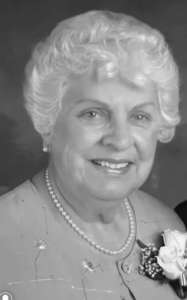 WATERVILLE – Dolores N. Nawfel, passed away Tuesday, December 12, 2023, at Lakewood Manor, in Waterville. Born in 1929, in Waterville, she was the daughter of the late Richard D. Nawfel and Maria (Barakat) Nawfel.
WATERVILLE – Dolores N. Nawfel, passed away Tuesday, December 12, 2023, at Lakewood Manor, in Waterville. Born in 1929, in Waterville, she was the daughter of the late Richard D. Nawfel and Maria (Barakat) Nawfel.
She was a graduate of Waterville High School where she immersed herself in the joy of friendship through multiple school activities. She would often revisit a memorable short move of several months to Washington D.C. with three of her close friends. She worked for a bank and was accepted to a modeling school prior to returning to Waterville to assist with her ailing father. She was employed by her brother in his dental office before spending several years with the Bell Telephone Company, in Waterville.
Dolores married her lifetime spouse, affectionately known as “Mickey”, in 1953, in Waterville, where they established a home for the four sons they brought into their world. This home became a gathering place for their extended family whose many members would meet on a frequent basis throughout the years for birthdays, holidays, and for any reason just to get together. As their children grew, many of their friends and their children’s friends came to be included in these social events.
During the late 1960s and early 1970s, the family skating rink became the destination for children throughout Waterville’s many neighborhoods. Dolores warmed their frozen toes and fed their active stomachs while welcoming all to her friendly kitchen. She became an iconic figure in those early years for her generosity and hospitality as she often prepared a communal feast for high school hockey players and their many friends following home games.
Few would disagree that Dolores was loving, kind and compassionate to all in her life. Her big smile and sparkling blue eyes were endearing as she invariably greeted family and friends with out-stretched arms. She often proclaimed her not so secret formula for bringing people together: “If you want to bring people together and share their happiness, fill the table with food. If you have food, people will come.” She reveled in the joy of bringing people together and this she did extraordinarily well whether she was hosting a Christmas open house, birthday parties, holidays, after-hockey game events or just a Sunday dinner. Mom was a genuinely happy person and was eager to share that joy with those who chose to receive it.
Dolores loved to read. She was extremely passionate about education. She thoroughly enjoyed music and she was proud to have music fill her home. A great joy for Dolores was the active part she played in being an instrumental mentor and role model for her five grandchildren.
Dolores is survived by her four sons, Sam (Bonnie), Michael (Karen), Nicholas (Penny) and Peter; five grandchildren, Nichole Nawfel, Jacob (Katie) Nawfel, Alysia (Colby) Whynot, Lauren Nawfel and Jena Nawfel; four great-grandchildren, Wesley and Miles Whynot, and Lily and Eva Nawfel; her sister, Elizabeth “Betty” Fowler and her husband Leon Fowler; and her brother-in-law, Beasley Edwards; many nephews, nieces, grand-nephews, grand-nieces and their respective families.
Dolores was predeceased by her parents Richard and Maria Nawfel; Michael, her husband 67 years; her siblings Elias Richard Nawfel, D.M.D. and his wife, Jamila, Sumayah (David) Ferris, Julie (Beshara) Saliba, Lorice Franklin, Helen Edwards; and her granddaughter of blessed memory, Alexa Nawfel.
A small private church service was attended by immediate and extended family members on Saturday, December 16, 2023, at Holy Trinity Greek Orthodox Church, in Portland. The service was conducted by Father Constantine Sarantidis, our spiritual father of 34 years.
Arrangements were under the direction and care of Jones, Rich and Barnes Funeral Home.
For those who would like to make a donation in Dolores’ name, you are welcome to consider Holy Trinity Greek Orthodox Church, 133 Pleasant St., Portland, ME 04101.
KAREN HOTHAM
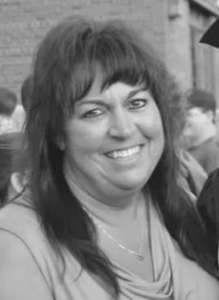 WINSLOW – A Mass of Christian Burial, for Karen “Dee” Hotham, was held on Saturday, January 13, 2024, at 10 a.m., at St. John the Baptist Catholic Church, in Winslow. A Celebration of Life followed.
WINSLOW – A Mass of Christian Burial, for Karen “Dee” Hotham, was held on Saturday, January 13, 2024, at 10 a.m., at St. John the Baptist Catholic Church, in Winslow. A Celebration of Life followed.
.
![]() Advances in technology provide more precise radiation therapy options for patients. On January 15, the team at Northern Light Radiation Oncology ushered in a new chapter by treating patients using a state-of-the-art linear accelerator.
Advances in technology provide more precise radiation therapy options for patients. On January 15, the team at Northern Light Radiation Oncology ushered in a new chapter by treating patients using a state-of-the-art linear accelerator.

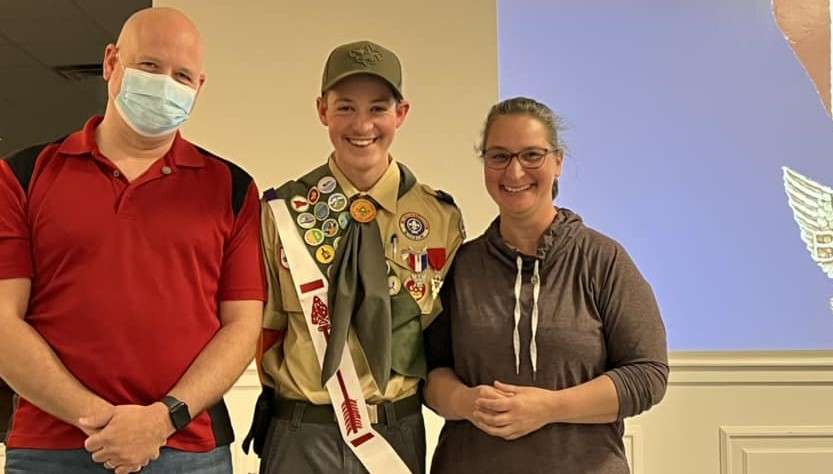
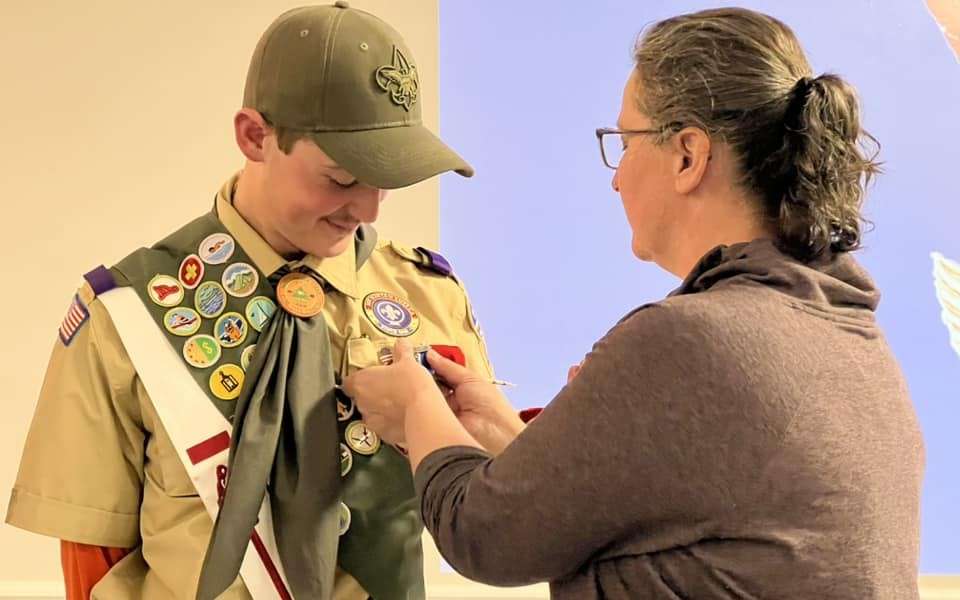

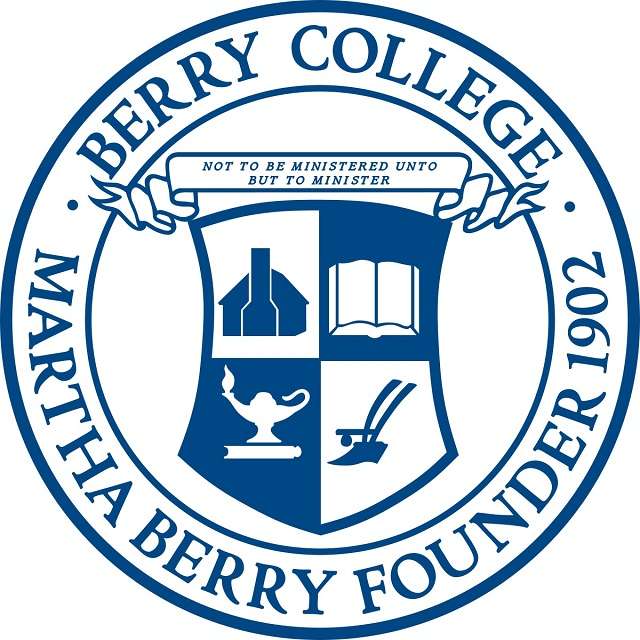
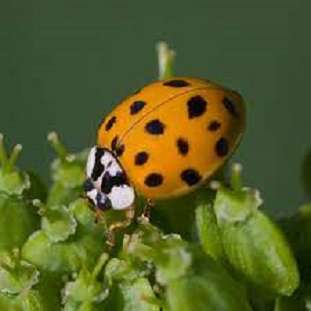












 AARP Maine invites local eligible non-profit organizations and governments across the country to apply for the 2024 AARP Community Challenge grant program, now through Wednesday, March 6, at 5 p.m. Eastern. AARP Community Challenge grants fund quick-action projects that help communities become more livable by improving public places, transportation, housing, digital connections, and more. Now in its eighth year, the program is part of AARP’s nationwide Livable Communities initiative, which supports the efforts of cities, towns, neighborhoods and rural areas to become great places to live for all residents, especially those age 50 and older.
AARP Maine invites local eligible non-profit organizations and governments across the country to apply for the 2024 AARP Community Challenge grant program, now through Wednesday, March 6, at 5 p.m. Eastern. AARP Community Challenge grants fund quick-action projects that help communities become more livable by improving public places, transportation, housing, digital connections, and more. Now in its eighth year, the program is part of AARP’s nationwide Livable Communities initiative, which supports the efforts of cities, towns, neighborhoods and rural areas to become great places to live for all residents, especially those age 50 and older.